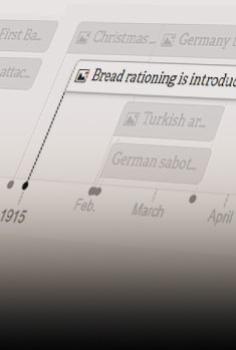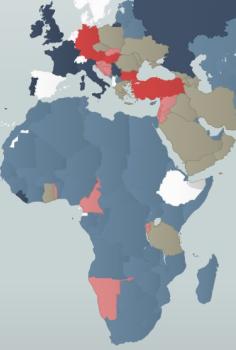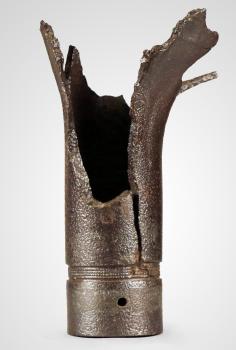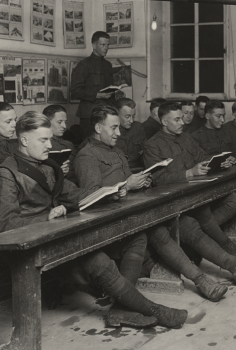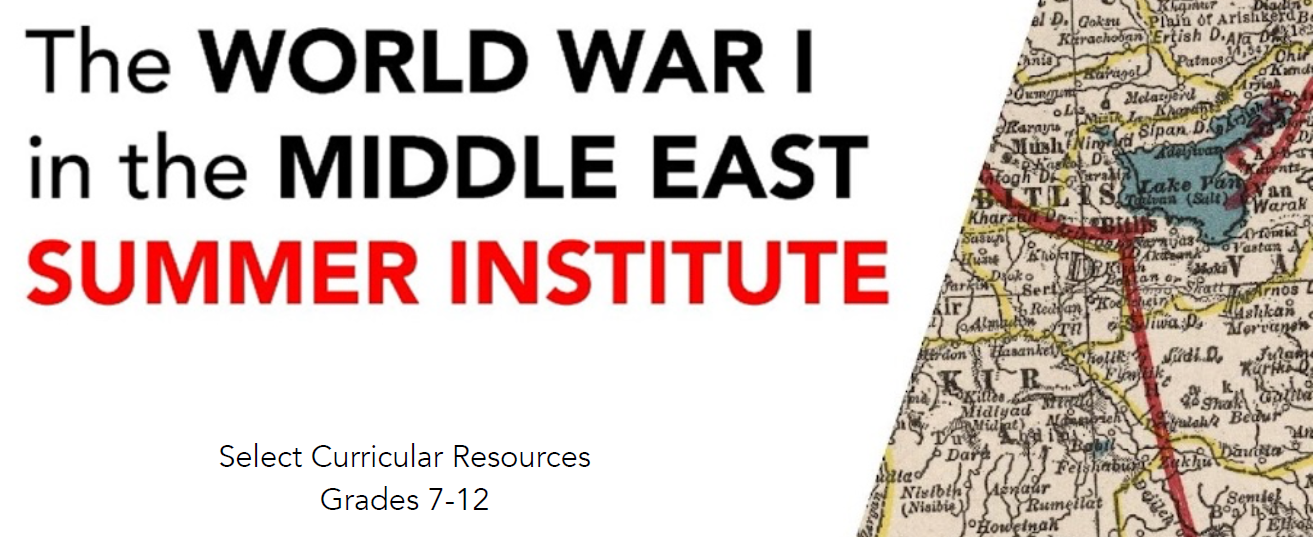
WWI had a profound impact on the Middle East, shaping the region's political, social, and cultural landscape for decades to come. This teacher resource webpage on WWI and the Middle East features some of the resources, videos, and curriculum assets made possible in part by a major grant from the National Endowment for the Humanities.
Big Ideas
Collapse of the Ottoman Empire
The Ottoman Empire which ruled much of the Middle East for centuries collapsed. The empire was divided into smaller territories and mandates, to be administered by European powers, including Britain and France. This marked the beginning of a period of colonialism and foreign intervention in the Middle East that would continue for decades.
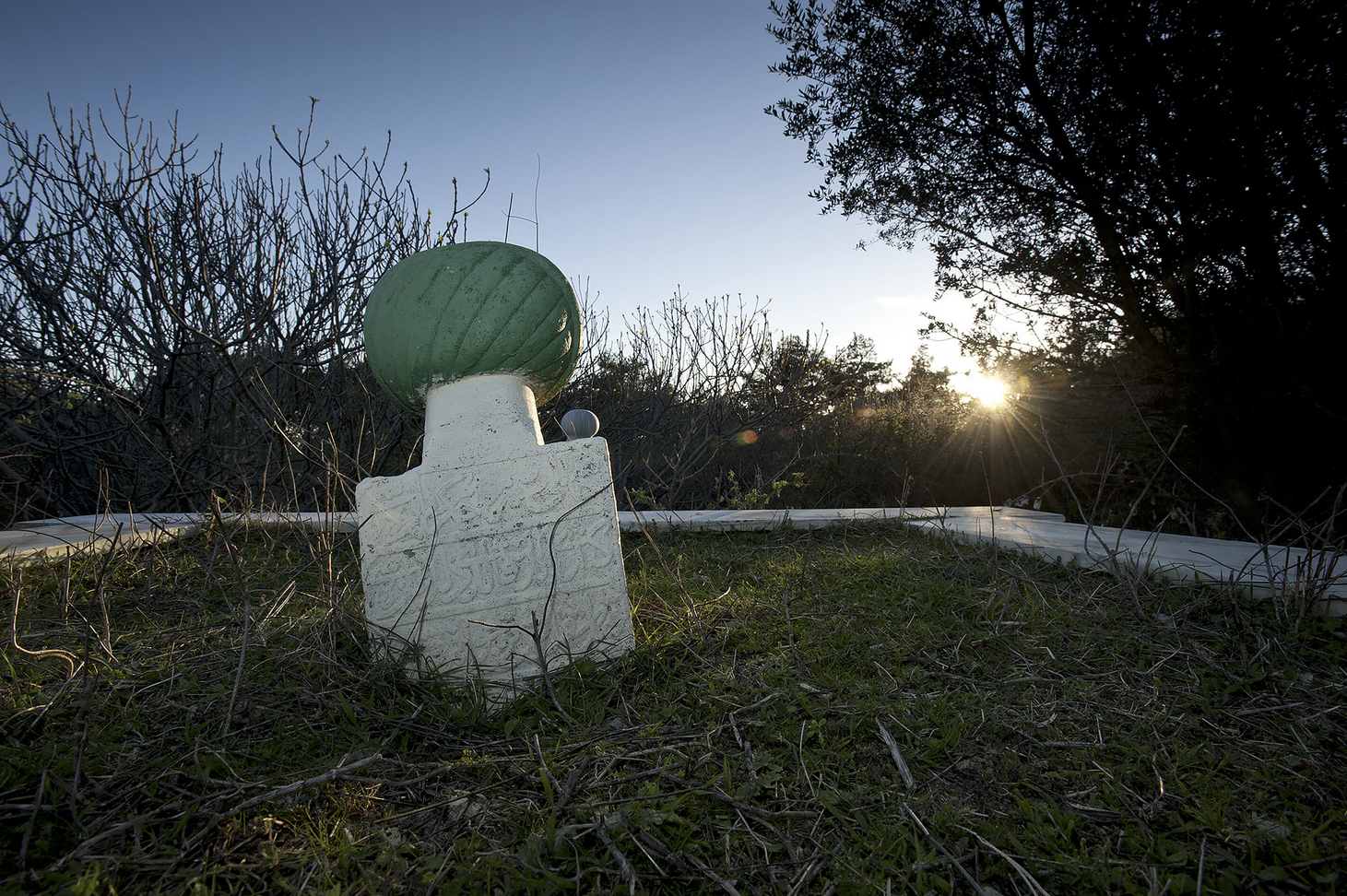
New Nation-States
The division of the Ottoman Empire led to the creation of new nation-states in the region, such as Iraq, Jordan, Syria, and Lebanon. New borders, however, were often drawn arbitrarily, without regard for the region's ethnic, religious, and linguistic diversity. This contributed to conflict and instability throughout the 20th century.
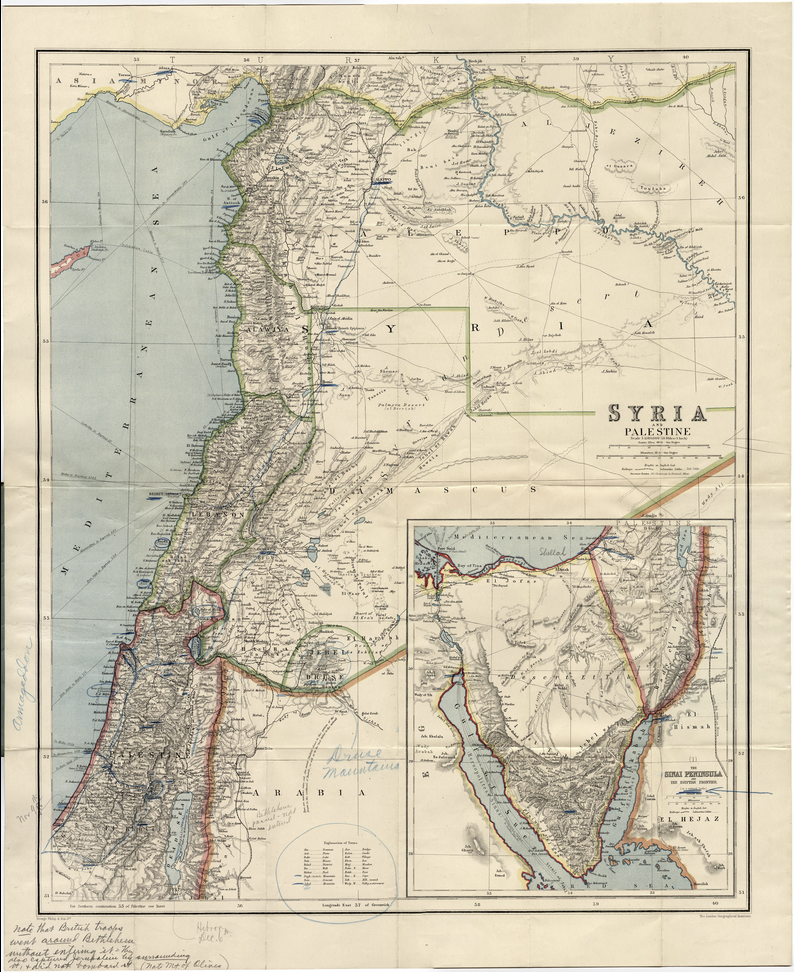
Rise of Nationalism
The war, and the subsequent division of the Ottoman Empire particularly as European “spheres of influence”, sparked nationalist movements across the Middle East. People sought to reclaim their autonomy and independence from foreign powers, an idea outlined in The Fourteen Points as “self-determination.” This led to the rise of prominent leaders such as Mustafa Kemal Ataturk in Turkey, who sought to modernize and secularize their countries.
Learn more about “The West and Conflicting Promises in the Middle East with Dr. Christopher Rose in this lecture made possible in part by a major grant from the National Endowment for the Humanities.
Economic Effect
WWI had a significant impact on the economy of the Middle East. The war disrupted trade and transportation routes, created food shortages and led to economic decline. Conscription, famine and warfare displaced millions of people, creating new patterns of migration and settlement that are still evident today.
Learn more about Health Threats in the Middle East with Dr. Yücel Yanıkdağ in this lecture made possible in part by a major grant from the National Endowment for the Humanities.
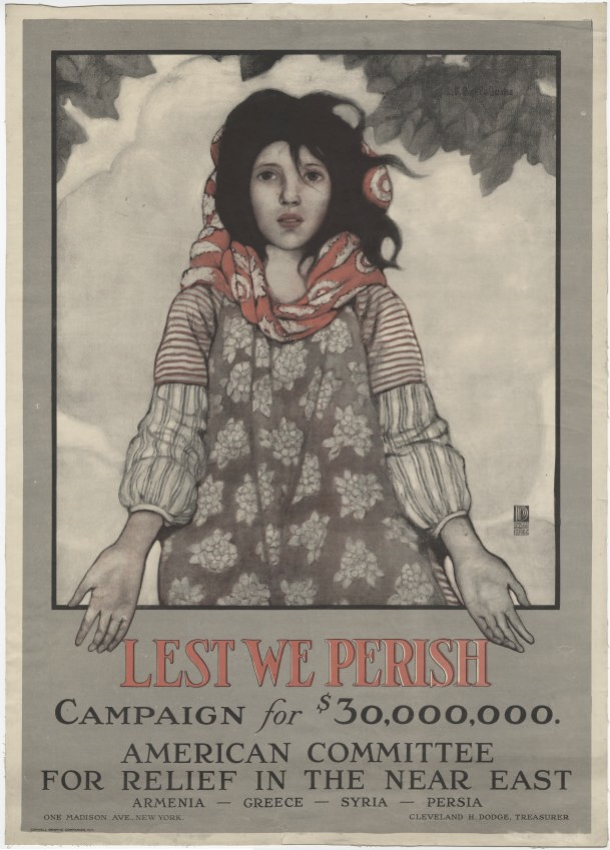
Religious Impact
The redrawing of borders by European colonial powers to establish influence in the region, creating artificial nation-states, led to conflicts between different ethnic and religious groups. The creation of Iraq, in 1921, brought together Sunni Arabs, Shiite Arabs and Kurds who had historically lived in separate regions under the rule of the Sunni minority. The tensions between the different groups impacted the escalation of militant Islam and conflicts that continue into the 21st century.
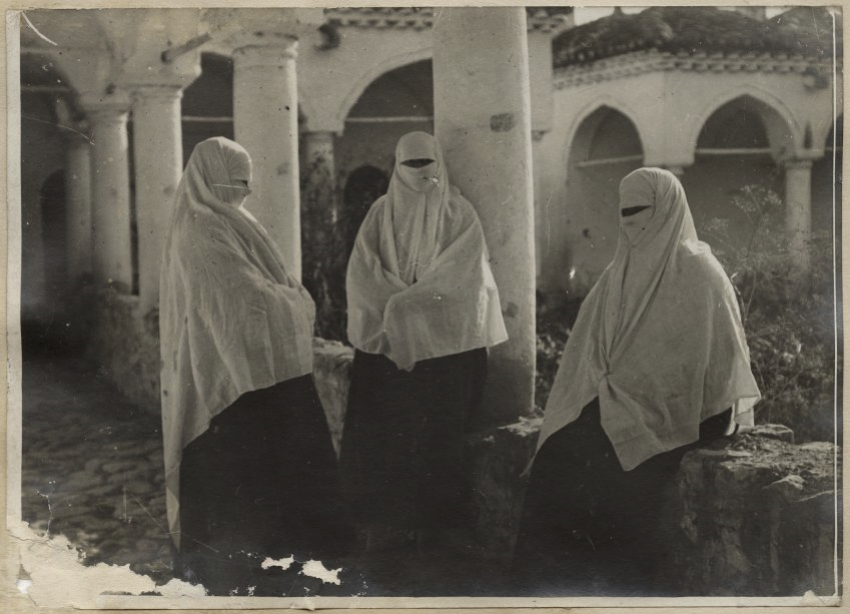
Armenian Genocide
The Ottoman Empire, losing the war, saw the Armenian population as a potential threat. In 1915, the Ottoman government began a systematic campaign of deportation and extermination of the Armenian population which led to an estimated 1.2 million Armenian deaths. It is considered one of the first modern genocides.
Learn more about the Armenian Genocide with Dr. Bedross Der Matossian in this lecture made possible in part by a major grant from the National Endowment for the Humanities.
Full lecture transcript available
The legacy of World War I is still felt in the Middle East today, with many countries struggling to overcome the political, social, and economic challenges that emerged in the aftermath of the war.
Explore Further
During WWI, the Middle East was a battleground for various colonial powers, including the Ottoman Empire, Germany, France, and Britain. The Ottoman Empire, which spanned modern-day Turkey, Iraq, Syria, Lebanon, Jordan, Israel/Palestinian Territories, and much of Saudi Arabia, was a major player in the war. The war had a significant impact on Ottoman soldiers, the Middle Eastern home fronts, women's issues, disease/public health, and the development of nationalist narratives in the Arab lands, in Turkey, and among Ottoman minority groups. Learn more with these WWI and the Middle East lectures.
Made possible in part by a major grant from the National Endowment for the Humanities.
To access the playlist, click on the three stripes on the upper right.
Curriculum Support
Educators, the Middle East's involvement in WWI is often overlooked or underrepresented in traditional curricula. Explore this packet of resources created by classroom teachers for the Summer Institute for K-12 Teachers, to find activities to help students better understand the complexities.

